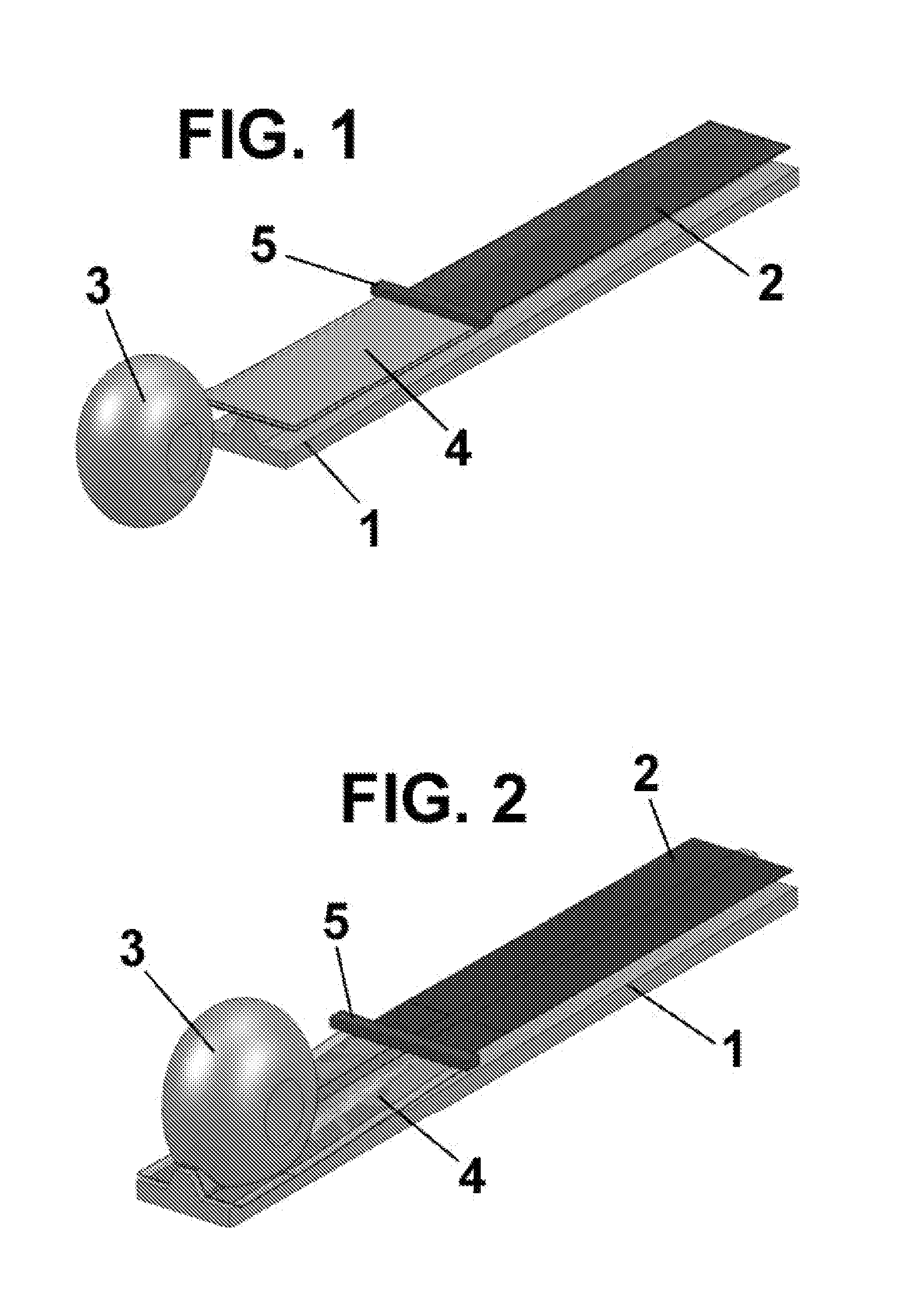System for Forming Stacks of Composite Materials
- Summary
- Abstract
- Description
- Claims
- Application Information
AI Technical Summary
Benefits of technology
Problems solved by technology
Method used
Image
Examples
first embodiment
[0038]FIGS. 1 to 3 are perspective views of the system for forming stacks of composite materials of the present invention as a first embodiment, which represent the stages of forming a stack;
[0039]FIG. 4 is a perspective view of a variant of the system for forming stacks of composite materials of the present invention, as an alternative of said first embodiment;
second embodiment
[0040]FIGS. 5 to 7 are perspective views of the system for forming stacks of composite materials of the present invention which represent the stages of forming a stack;
[0041]FIG. 8 is a perspective view of a variant of the system for forming stacks of composite materials of the present invention, according to an alternative of said second embodiment;
third embodiment
[0042]FIGS. 9 to 12 are perspective views of the system for forming stacks of composite materials of the present invention, which represent the stages of forming a stack.
DESCRIPTION OF PREFERRED EMBODIMENTS OF THE INVENTION
[0043]In FIGS. 1 to 3 is shown a first embodiment of the system for forming stacks of composite materials according to a first embodiment.
[0044]According to this first embodiment, the system of the present invention comprises a form 1, for example an elongated mandrel 1. This form 1 has a complex geometry, for example a Ω-shaped, that is the one that wants to be provided to a stack 2 of composite material, which is placed on said form 1 (right side of FIGS. 1 to 3).
[0045]The system of the present invention also comprises the transition elements 4, which can provide heat. The function of these transition elements 4 is to define a nozzle flexible and adaptable to different geometries.
[0046]In the case of providing heat, they also have the function of heating the st...
PUM
| Property | Measurement | Unit |
|---|---|---|
| Length | aaaaa | aaaaa |
| Flexibility | aaaaa | aaaaa |
Abstract
Description
Claims
Application Information
 Login to View More
Login to View More - R&D
- Intellectual Property
- Life Sciences
- Materials
- Tech Scout
- Unparalleled Data Quality
- Higher Quality Content
- 60% Fewer Hallucinations
Browse by: Latest US Patents, China's latest patents, Technical Efficacy Thesaurus, Application Domain, Technology Topic, Popular Technical Reports.
© 2025 PatSnap. All rights reserved.Legal|Privacy policy|Modern Slavery Act Transparency Statement|Sitemap|About US| Contact US: help@patsnap.com



